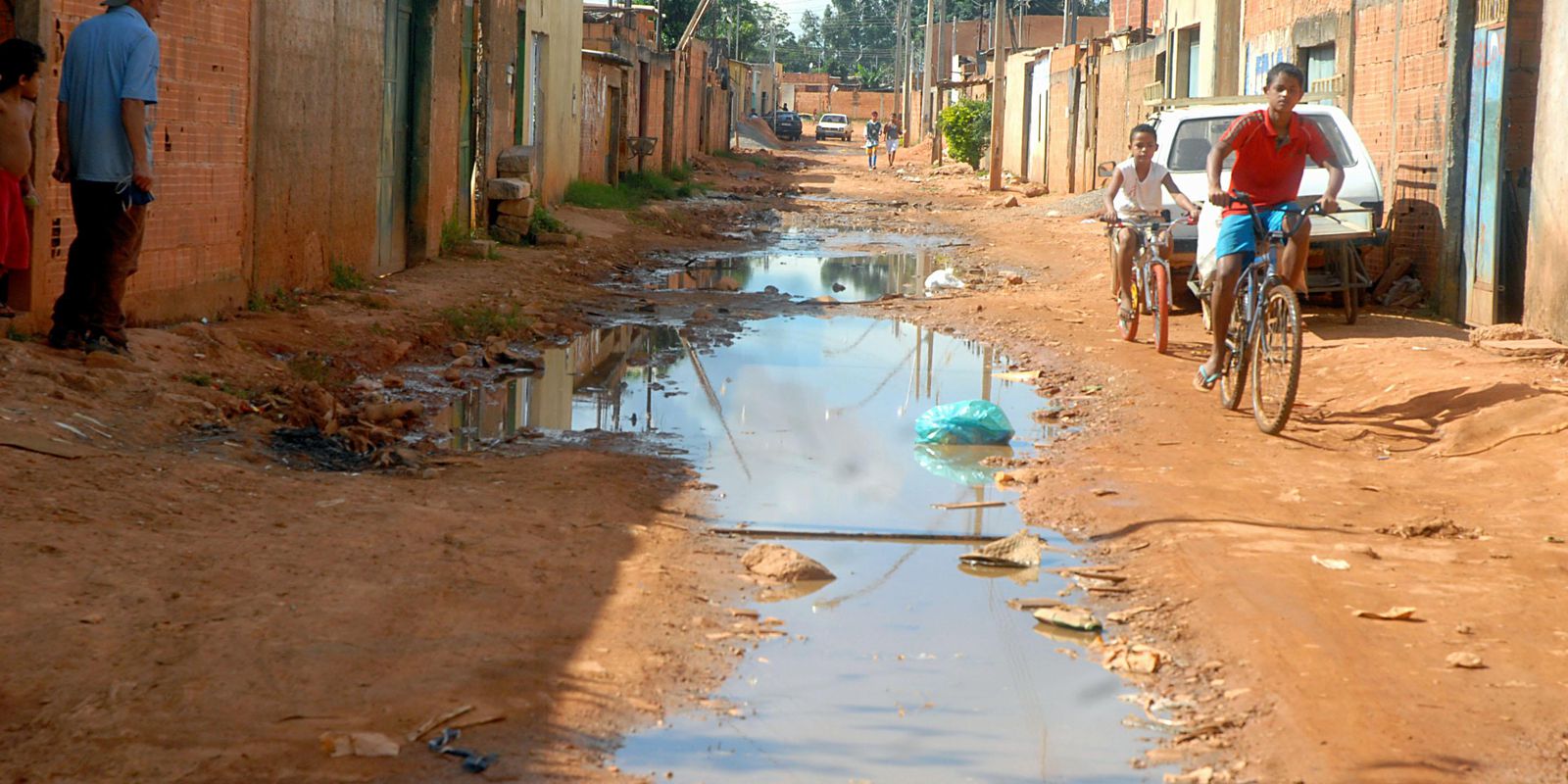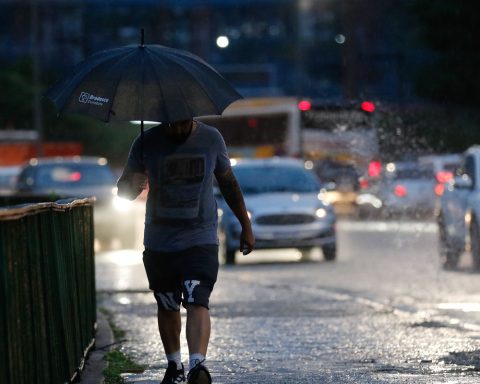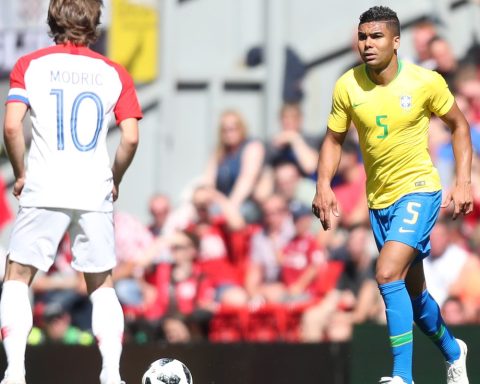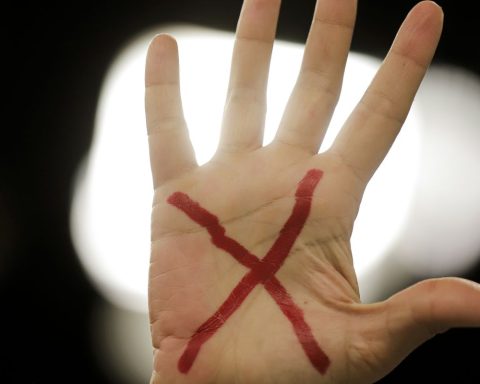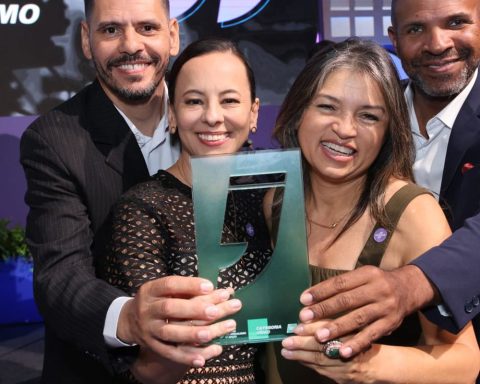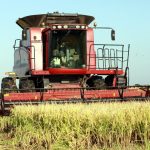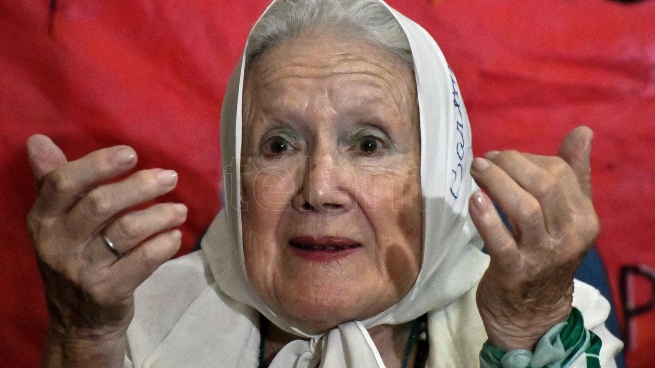The number of children and adolescents in poverty may increase in the coming years in Brazil if there are no permanent public policies aimed at the issue. The alert is in the research Child Monetary Poverty in Brazil – Impacts of the pandemic on family income, launched today (24) by the United Nations Children’s Fund (Unicef).
“The risk of increasing child monetary poverty in the coming years is relevant, as the pandemic has had a great impact on families with a greater number of children and adolescents”. income from work to return to previous levels”, says the study.
The research makes an unprecedented analysis of the impacts of monetary poverty and extreme monetary poverty on children and adolescents in 2020 and 2021. In the World Bank’s definition, extreme poverty means living on less than US$ 1.90 a day and monetary poverty, with less of $5.50. In Brazil, the reference used is BRL 492 per month as a limit for monetary poverty and BRL 170 for extreme poverty.
According to the survey, children and adolescents are the most affected by poverty. By 2020, the percentage of children and adolescents below the extreme monetary poverty line was close to twice the rate of adults – an average of 12%, versus 6%. In the case of monetary poverty, while the adult population recorded a rate of around 20%, children and adolescents had a percentage of 35% to 45%, depending on the age group.
“This is a constant not only in Brazil, but in other countries. Families with children and adolescents are more vulnerable, as they have a higher cost base within the family itself. Children and adolescents have a series of needs, which make these populations more vulnerable. Therefore, policies for childhood are fundamental and need to be strengthened”, says the UNICEF representative in Brazil, Florence Bauer.
Research shows that even among the most vulnerable populations, there are racial and regional differences. “Child monetary poverty affects black, brown and indigenous populations much more strongly, [a diferença é de] almost double, depending on the period, compared to other populations. We also noticed the same cycle of disparity between children living in the North and Northeast, compared to the South, Midwest and Southeast”, adds Florence.
Emergency Aid
O study analyzes the impact of Emergency Aid and shows that, with the program, in the first months of 2020, the percentage of the population in extreme monetary poverty dropped to around 4%, while that of children and adolescents dropped to around 6%. In the case of monetary poverty, the reductions were around 5 percentage points for the total population and around 6 to 7 percentage points for children and adolescents.
Throughout the pandemic, data show that when the aid was suspended, the level of poverty has also increased. This also occurred in September 2020, when emergency aid went from R$600 to R$300causing much of the fall in monetary poverty to be lost.
With the end of Emergency Aid, the federal government modified Bolsa Família and created the Brazil aid, programs that have similar designs. There was also created a temporary additionalapproved only for 2022, which will bring the average aid to around BRL 400.
“Policies such as Emergency Aid, in a situation like this, were fundamental to protect children and adolescents from poverty”, says Florence. For her, these temporary measures, however, do not solve the problem of poverty, “that’s why we recommend that more permanent policies, such as Auxílio Brasil, need to to have continuity, with guaranteed budgets and that reach the most vulnerable families”.
recommendations
To prevent an increase in poverty, Unicef says that it is necessary to guarantee sources of financing to make cash transfer programs viable. “Although it is positive and necessary to increase the average values foreseen for the first year of Auxílio Brasil, it will be necessary not only to maintain similar levels in the following years, but also to regulate criteria for correcting the values of the benefits in order to avoid losses resulting from inflation”, says the text.
In addition, according to the organization, it is necessary that everyone who meets the Auxílio Brasil criteria actually receives the benefit, even preventing queues from forming due to austerity measures. “It is precisely in these contexts that social programs are most needed,” the research highlights.
Unicef also advocates guaranteeing mechanisms to expand the coverage of Auxílio Brasil in emergency situations or public calamities, such as the one experienced with the covid-19 pandemic. Another measure to fight poverty is the expansion of the Unified Social Assistance System to strengthen social assistance surveillance, active search mechanisms and continuous registration of the population not served by Auxílio Brasil.
“It is estimated that around 20% of households were uncovered by any type of income transfer after the end of Emergency Aid, in October 2021. Added to this is the fact that households with children remain more vulnerable than than those without children, especially due to the downturn in employment,” says the study.
Income transfer programs, such as Bolsa Família, account for a small portion of the Brazilian Gross Domestic Product (GDP) and bring “positive multidimensional effects on the lives of families and the economy”.
